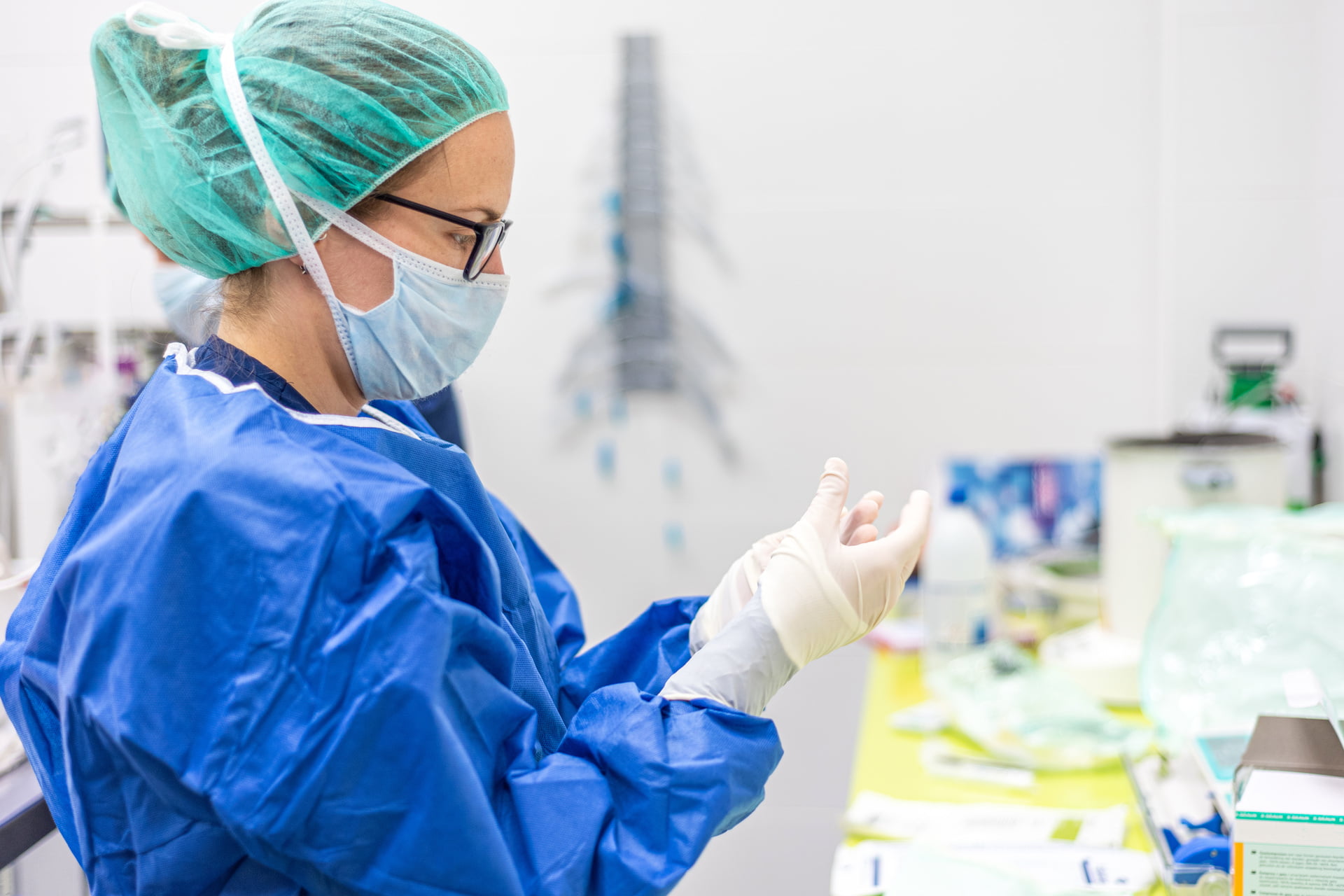Harmony in Orthodontics: Synergizing Human Ingenuity with Technological Advancements


Introduction
Orthodontics, the branch of dentistry concerned with correcting misaligned teeth and jaws, has undergone a remarkable transformation in recent years. What was once primarily a manual, time-intensive process has now evolved into a harmonious blend of human expertise and cutting-edge technology. This article explores the journey of orthodontics towards achieving harmony between the ingenuity of human practitioners and the advancements of technology, ultimately leading to better outcomes for patients worldwide.
The Evolution of Orthodontics
Orthodontics has a rich history dating back to ancient times, with evidence of attempts to straighten teeth found in various cultures. However, it wasn’t until the 19th century that orthodontics began to emerge as a distinct field within dentistry. Early orthodontic treatments relied heavily on mechanical devices and manual techniques, often resulting in lengthy and uncomfortable procedures for patients.
The Role of Human Expertise
Despite the advancements in technology, the role of human expertise remains paramount in orthodontic practice. Orthodontists undergo extensive training to understand the complexities of dental and facial anatomy, as well as the principles of occlusion and biomechanics. Their expertise allows them to formulate personalized treatment plans tailored to each patient’s unique needs, taking into account factors such as age, dental history, and treatment goals.
Harnessing Technological Advancements
In recent decades, technological advancements have revolutionized the field of orthodontics, offering new tools and techniques to enhance diagnosis, treatment planning, and patient experience. One such innovation is the advent of digital imaging and computer-aided design (CAD) technology, which allows orthodontists to obtain highly accurate 3D images of the teeth and jaws. This enables better visualization of dental problems and more precise treatment planning.
The Rise of Digital Orthodontics
Digital orthodontics encompasses a range of technologies aimed at improving the efficiency and effectiveness of orthodontic treatment. One notable example is the use of computer-generated clear aligners, such as Invisalign, which have gained popularity as an alternative to traditional braces. Read More
Enhancing Patient Experience
Technology has also played a significant role in enhancing the patient experience in orthodontic care. From virtual consultations to teleorthodontics, patients now have greater access to orthodontic services without the need for frequent in-person visits. Furthermore, innovations such as accelerated orthodontic techniques and pain management technologies have helped reduce treatment times and discomfort for patients undergoing orthodontic treatment.
Challenges and Opportunities
While the integration of technology into orthodontic practice has brought about numerous benefits, it also presents challenges and opportunities for both practitioners and patients. Orthodontists must stay abreast of the latest advancements in technology and continually adapt their practice to incorporate these innovations effectively.
Looking Towards the Future
As we look towards the future of orthodontics, the synergy between human ingenuity and technological advancements will continue to drive progress in the field. From artificial intelligence-driven treatment planning algorithms to 3D printing of orthodontic appliances, the possibilities are endless. However, it is essential to remember that technology should complement rather than replace the expertise of orthodontic practitioners, who play a vital role in delivering quality care to patients.
Conclusion
By harnessing the power of technology while upholding the principles of patient-centered care, orthodontists can continue to innovate and elevate the standard of orthodontic practice. As we embark on this journey of discovery and innovation, let us remain mindful of the profound impact that our collective efforts can have on the lives of patients worldwide.








